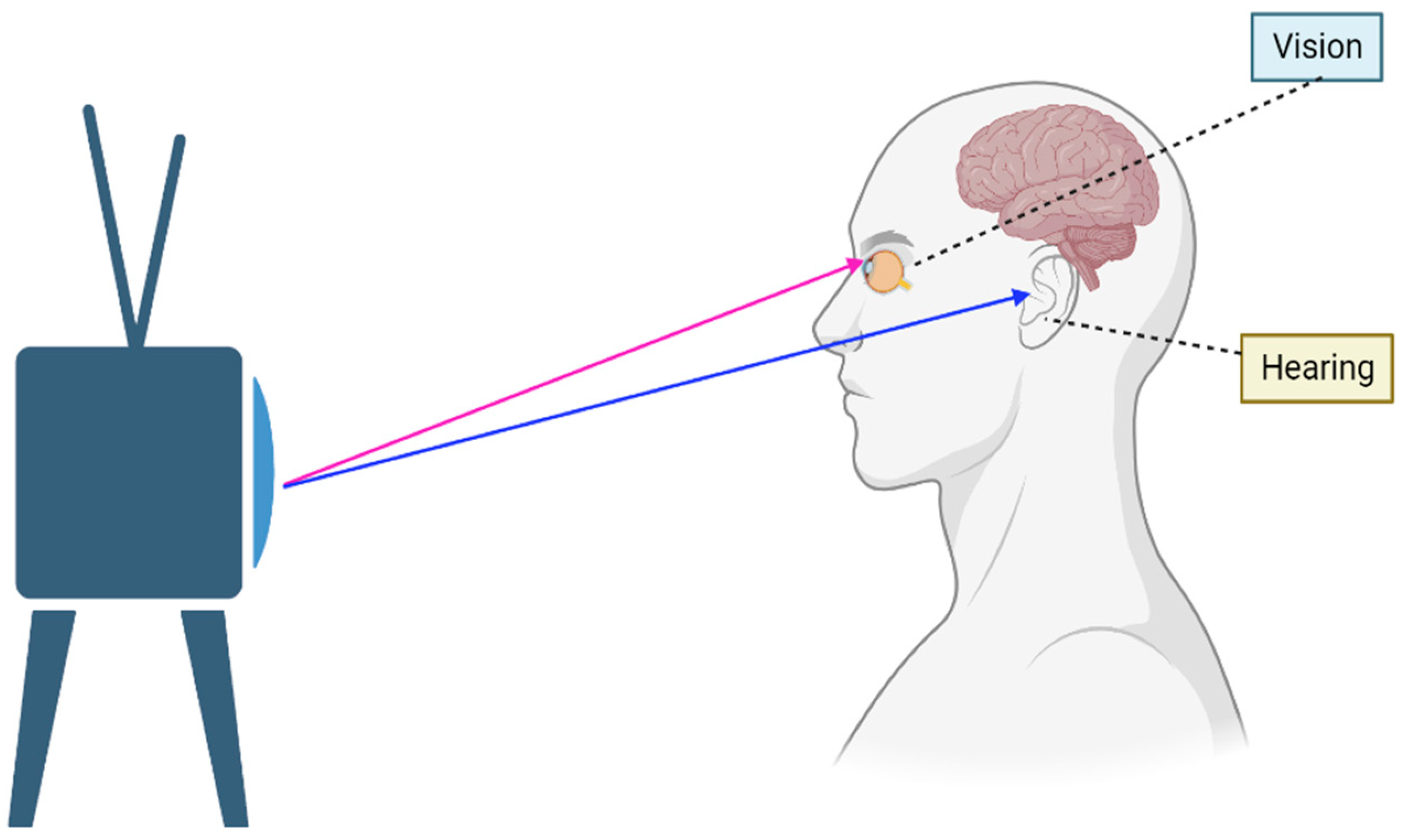
Brain Sciences, Free Full-Text
4.8 (246) In stock

4.8 (246) In stock
To maintain stable and coherent perception in an ever-changing environment, the brain needs to continuously and dynamically calibrate information from multiple sensory sources, using sensory and non-sensory information in a flexible manner. Here, we review how the vestibular and visual signals are recalibrated during self-motion perception. We illustrate two different types of recalibration: one long-term cross-modal (visual–vestibular) recalibration concerning how multisensory cues recalibrate over time in response to a constant cue discrepancy, and one rapid-term cross-modal (visual–vestibular) recalibration concerning how recent prior stimuli and choices differentially affect subsequent self-motion decisions. In addition, we highlight the neural substrates of long-term visual–vestibular recalibration, with profound differences observed in neuronal recalibration across multisensory cortical areas. We suggest that multisensory recalibration is a complex process in the brain, is modulated by many factors, and requires the coordination of many distinct cortical areas. We hope this review will shed some light on research into the neural circuits of visual–vestibular recalibration and help develop a more generalized theory for cross-modal plasticity.
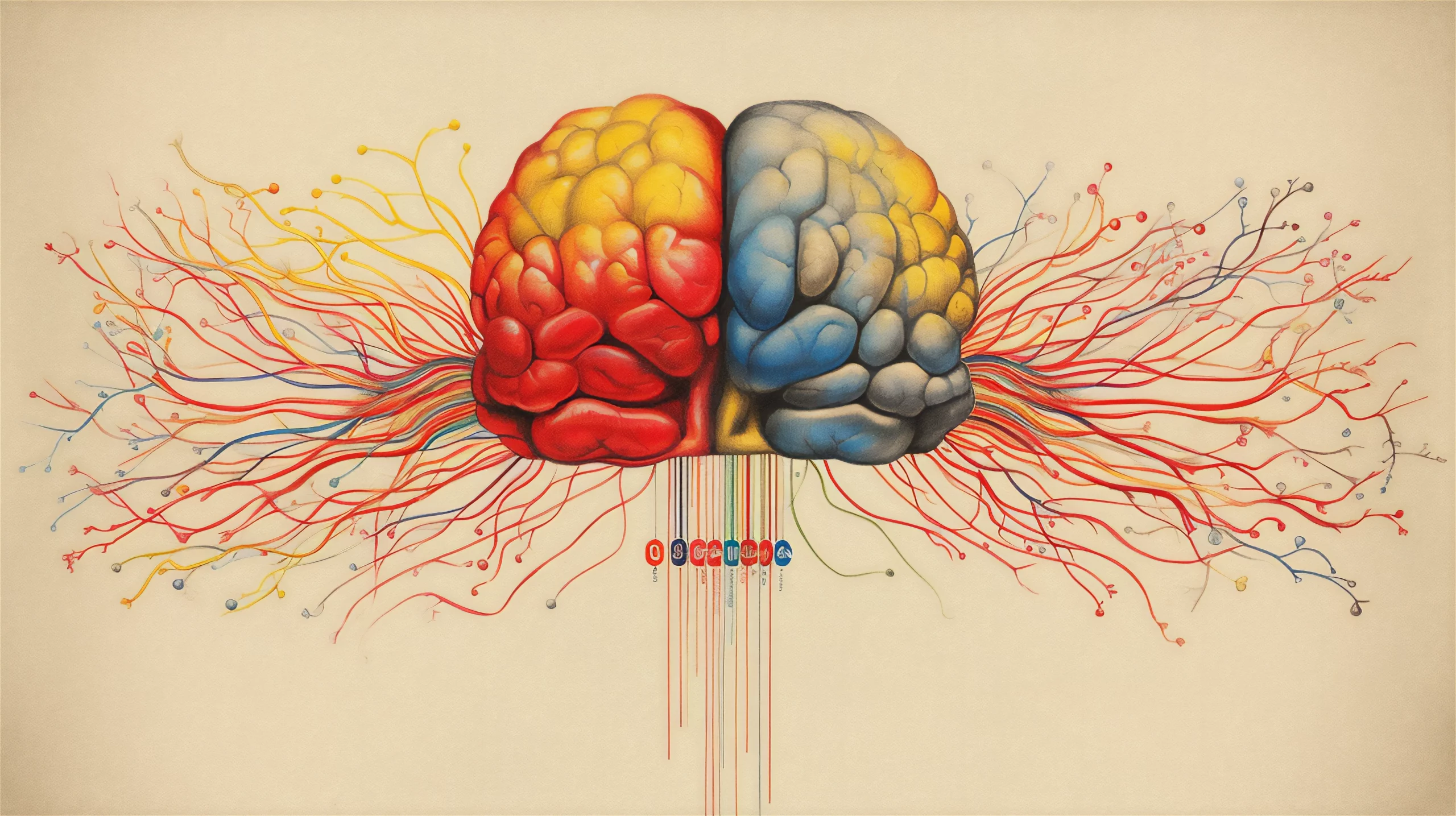
A Beginner's Guide to Neuroscience - iMotions
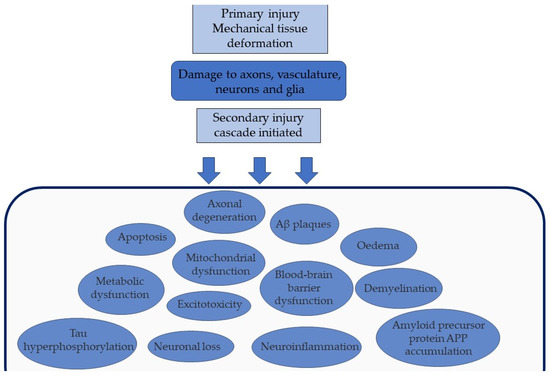
Applied Sciences, Free Full-Text, rule 63 urban dictionary
Neuroscience. Science.of.the. Brain : IBR : Free Download, Borrow, and Streaming : Internet Archive

Neurology of Learning: Childhood Education: Vol 42, No 6

Brain Sciences, Free Full-Text

Brain Sciences, Free Full-Text
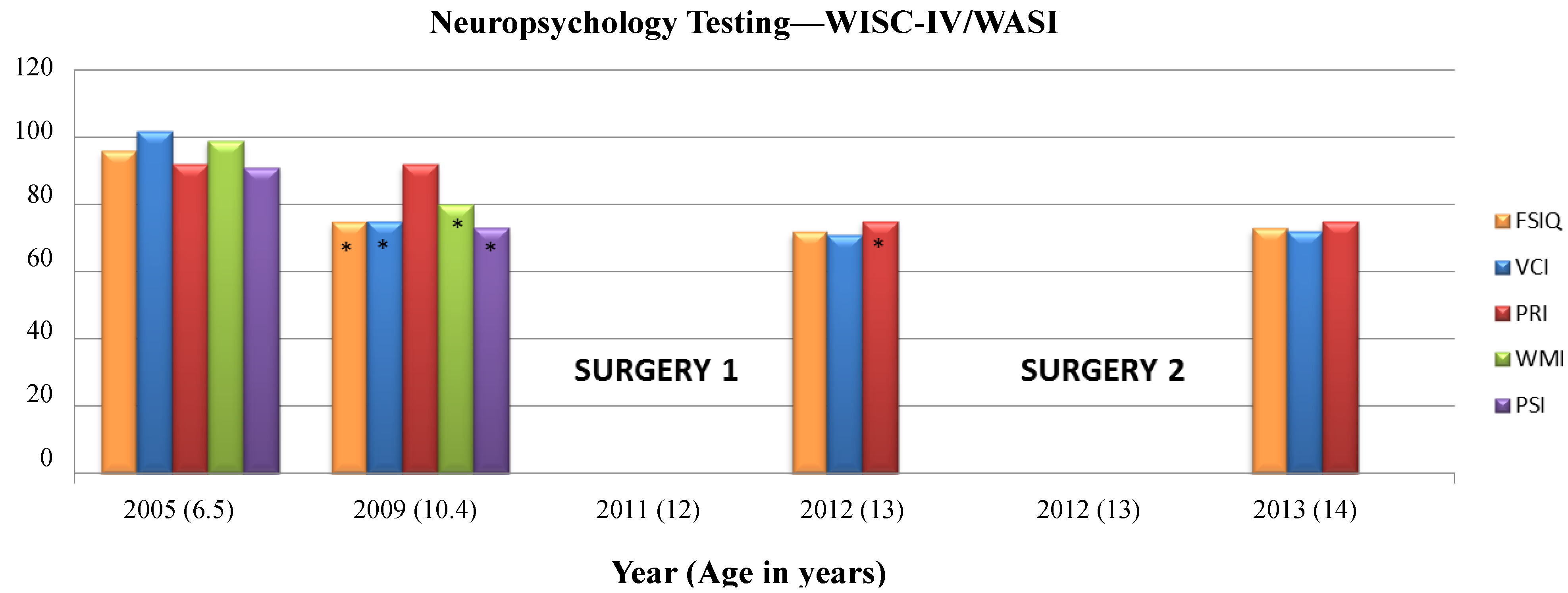
Brain Sciences, Free Full-Text
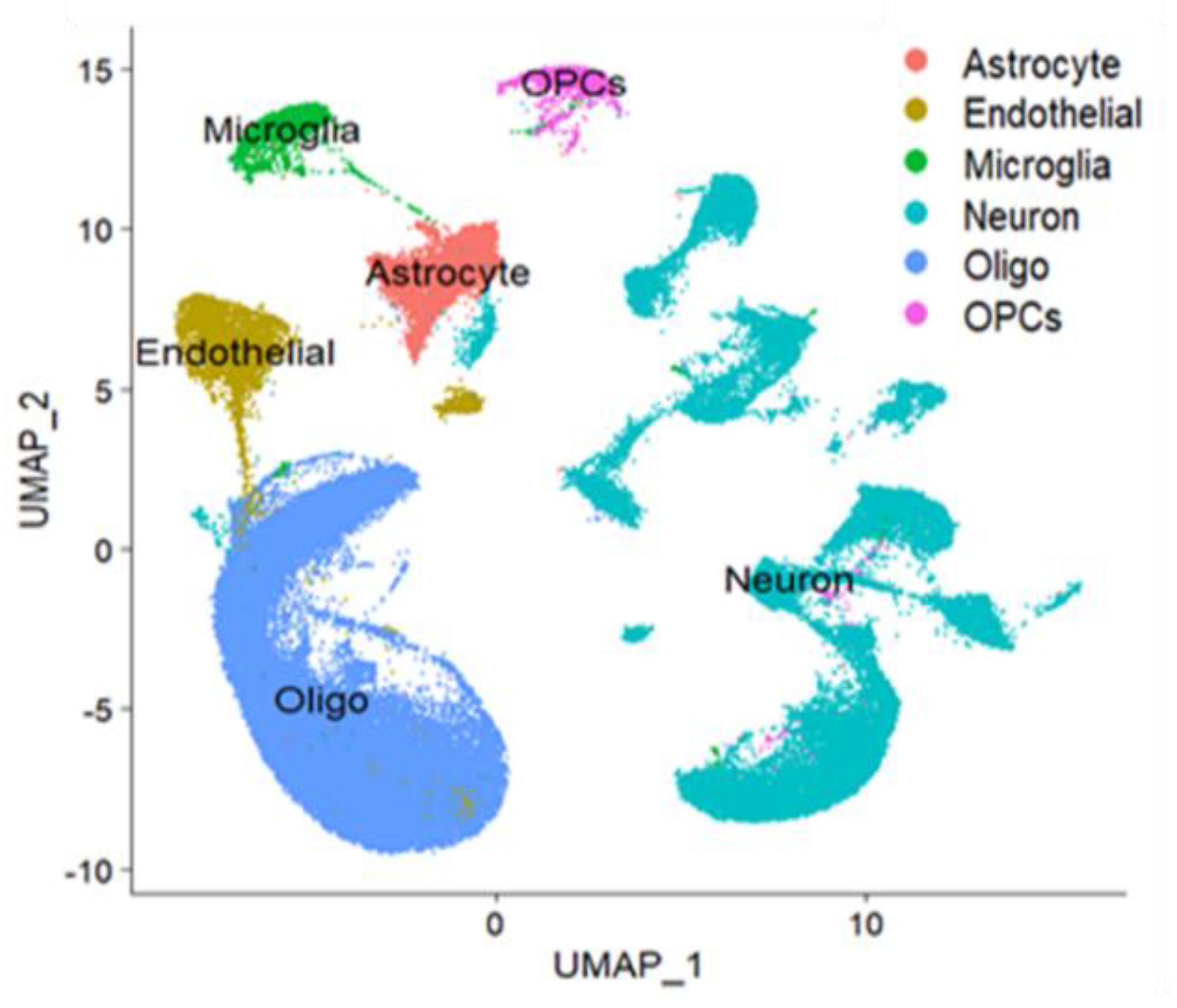
Brain Sciences, Free Full-Text
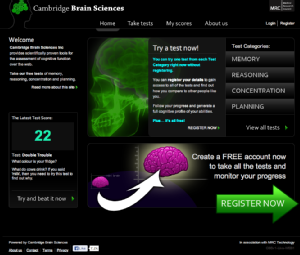
Overview - Owen Lab - Western University
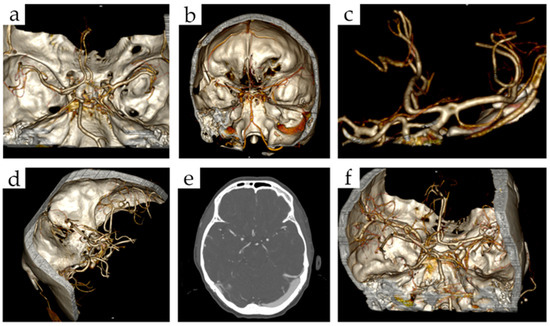
Brain Sciences, Free Full-Text, neuro linker in real life
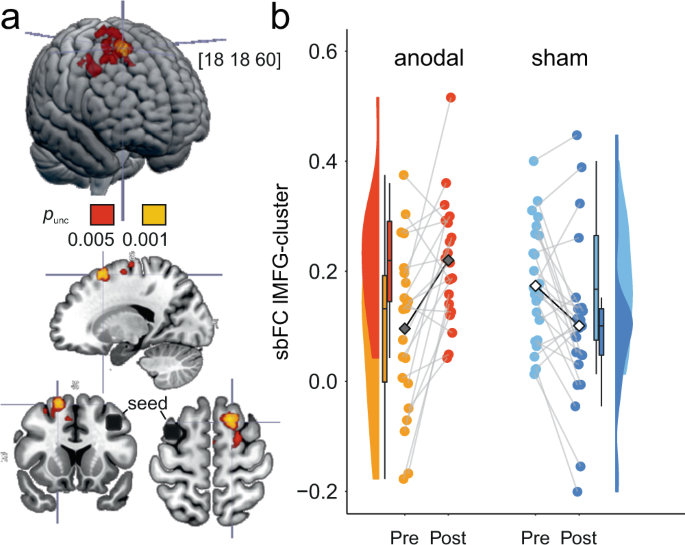
Brain Sciences Free Full-Text Reliability And Variability, 42% OFF